Carara National Park, North Puntarenas
Known as one of Costa Rica’s many beautiful national parks, the Carara National Park lies two hours from the capital of San Jose along the road between Puntarenas city and Playa Jaco in Puntarenas province. Located on the Pacific coast some 20 km south of Orotina, this national park is a very important ecological transition zone. Bordering the Pan-American Highway, this park is unique as the Amazonian and Mesoamerican ecosystems converge here to form a distinct biological reserve where the climates of the Pacific dry north meet the humid south coast.
Amazing Flora and Fauna
A 5,242-hectare park, the Carara National Park has an amazing diversity of flora and fauna, making it a must visit place if you are in the area. Named after the Huetar word for crocodile, this national park is home to several ecosystems such as marshlands, lagoons, and gallery forests. With a fantastic array of wildlife on display, visiting this park makes for a great family trip. Monkeys, crocodiles, armadillos, peccaries, waterfowls, opossums, sloths, boas, aouti, kinkajou, tayra, margay cats, jaguars, white tail deer and ozelots can be found here, as well as a wide assortment of birds and other reptiles and amphibians. The Carara National Park is also one of the few places where visitors can get to see the rare Scarlet Macaws, Jacamars, and Trogons.
Scarlet Macaws and More
With one of the highest diversity of trees in the world, this national park has 10 of the most uncommon and rare hardwoods in the country. The huge trees here are often covered with vines and epiphytes. However, since there is very little undergrowth the animals and birds in this national park are easier to spot. A great place to get a fantastic view of the park is from the Rio Tarcoles Bridge where one can stop to watch the crocodiles or get a glimpse of the Scarlet Macaws. There are also a number of pre-Columbian archaeological sites dating back 2,000 years, found in the park.
Map of the Area
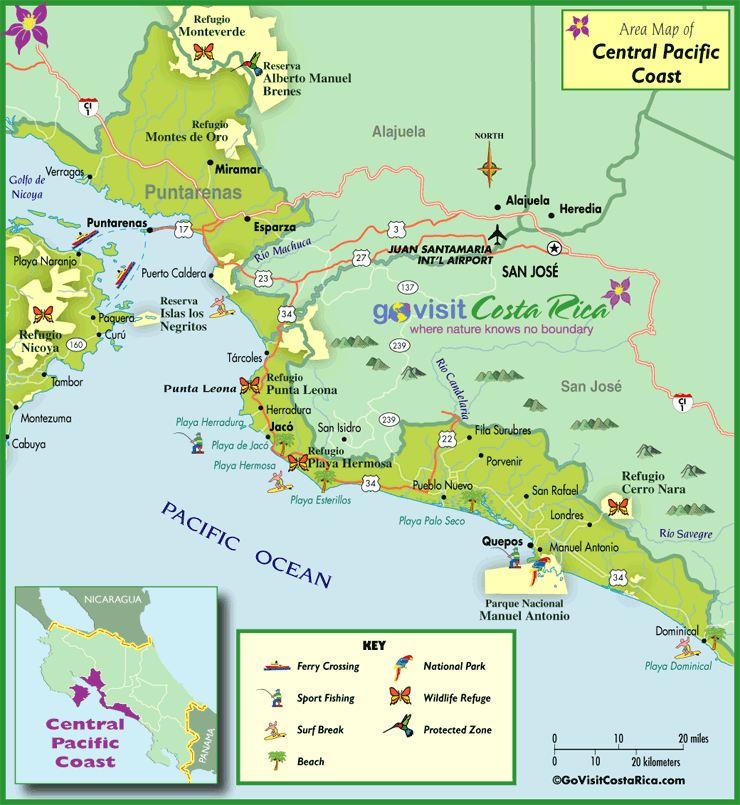
Best Time to Go
The best way to enjoy this park is to have a guided tour which can be arranged in either San Jose or Puntarenas. March and April are the ideal months to visit as there is little to no rain, while repellents and long pants are a must to avoid being bitten by the many insects that live here. There is a visitor center in the park as well as exhibition halls and an auditorium. Keep in mind though that no camping is allowed in the park.
10 Days / 9 Nights
Starting at $1,440 per person
6 Days / 5 Nights
Starting at $1,018 per person
Distance: 12 miles / 20 km
Drive Time: 18 min





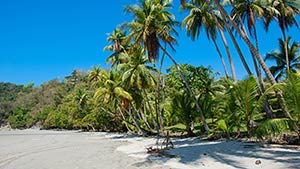
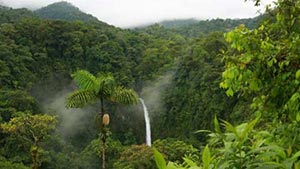


.jpg)

.jpg)



.jpg)
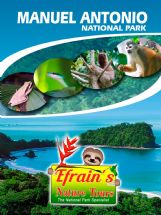
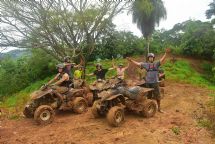
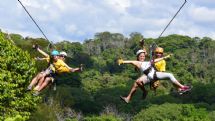


.jpg)

